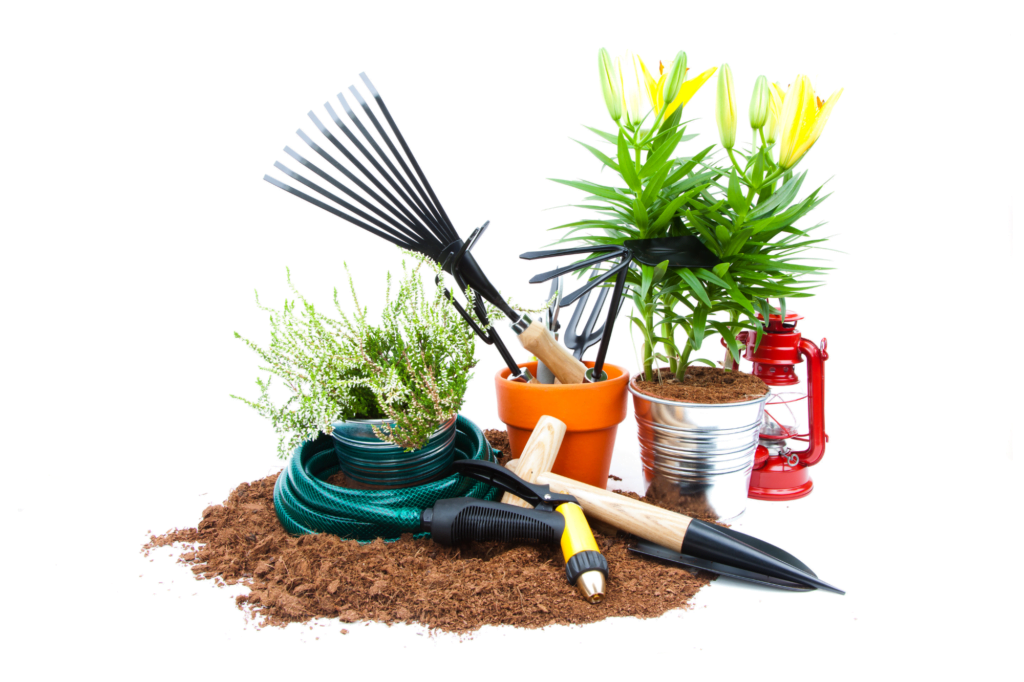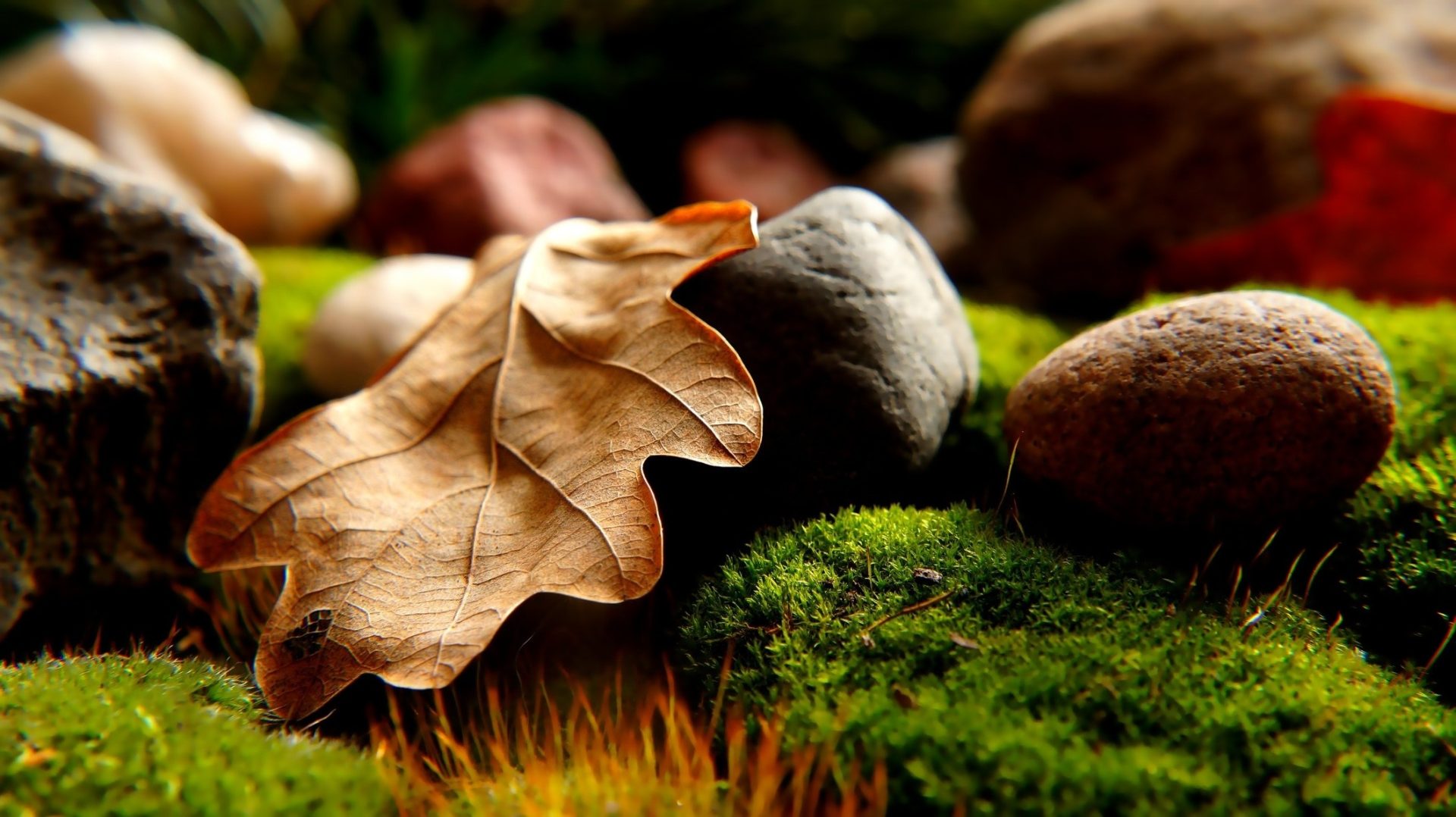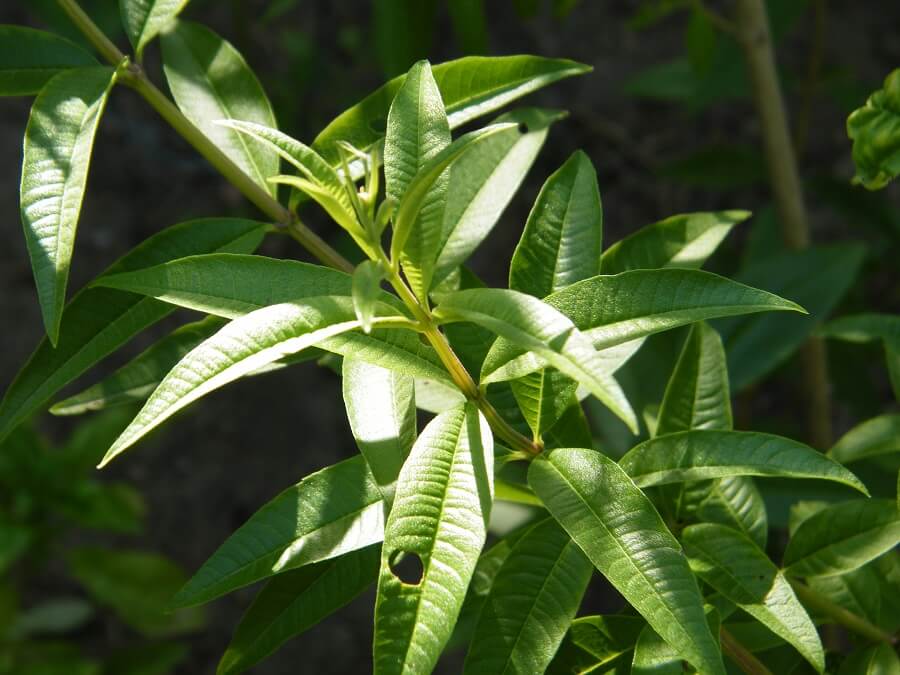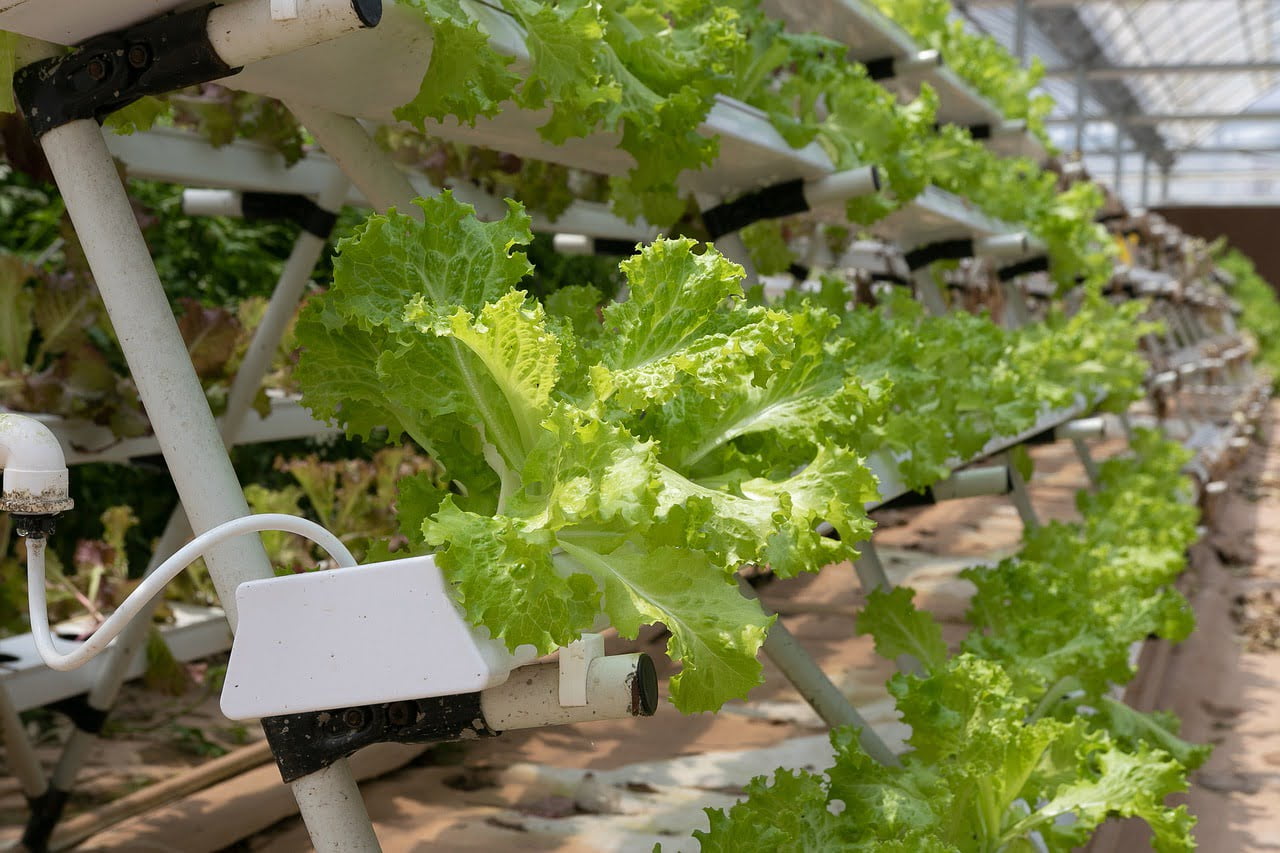Quick Summary
- Regularly clean and dry garden tools after each use to prevent rust formation.
- Apply a protective coating or oil to the tools to provide an additional layer of rust prevention.
- Store the tools in a dry and well-ventilated area to minimize moisture and rust formation.
- Conduct regular inspections and maintenance to catch and address any signs of rust early on.
Clean and Dry Your Tools After Each Use
Make sure to clean and dry your tools after each use to prevent them from rusting and keep them ready for your next gardening adventure! Preventing rusting is essential for the longevity and effectiveness of your garden tools. Rust not only weakens the tools but also makes them less efficient in performing their tasks. By cleaning and drying your tools after use, you remove any dirt, debris, or moisture that may have accumulated on them during your gardening session. This simple step is crucial in preventing rust formation. To clean your tools, start by removing any excess dirt or plant material using a brush or a cloth. Then, wash them with warm soapy water and scrub away any stubborn dirt or residue. Rinse thoroughly and ensure that no soap residue remains. Once clean, dry your tools completely before storing them. Moisture is the main enemy of metal tools as it promotes rusting. Use a towel or cloth to dry them thoroughly, paying special attention to any nooks and crevices where water might accumulate. Regularly cleaning and drying your tools after use not only prevents rusting but also ensures that they remain in good working condition. It’s essential to prioritize tool maintenance to guarantee your safety and the success of your gardening endeavors. So, make it a habit to clean and dry your tools after each use, and they’ll serve you well for years to come.Apply a Protective Coating or Oil
To prevent any damage to your beloved tools, it’s crucial to apply a protective coating or oil regularly. This simple step can save you from the frustration of dealing with rust and prolong the lifespan of your garden tools. By applying a protective coating, you create a barrier that shields your tools from moisture and other elements that cause rust. There are various preventive measures you can take to ensure your tools stay rust-free. One option is to use a traditional rust-preventive oil. This type of oil is specifically designed to inhibit rust formation and protect metal surfaces. All you need to do is apply a thin coat of oil to the metal parts of your tools after cleaning and drying them. Make sure to cover all the surfaces evenly and let the oil penetrate for a few minutes before wiping off any excess.
If you’re looking for alternative coatings, there are many options available on the market. Some coatings provide additional benefits, such as lubrication or increased durability. One popular choice is a silicone-based spray, which forms a protective layer that repels water and prevents rust formation. Other options include wax-based coatings or specialized rust inhibitors. Whichever coating you choose, make sure to follow the manufacturer’s instructions for proper application.
Remember, taking a few minutes to apply a protective coating or oil after each use can go a long way in keeping your garden tools rust-free and in excellent condition. So, don’t forget this essential step in maintaining your tools and enjoy many years of hassle-free gardening!
One option is to use a traditional rust-preventive oil. This type of oil is specifically designed to inhibit rust formation and protect metal surfaces. All you need to do is apply a thin coat of oil to the metal parts of your tools after cleaning and drying them. Make sure to cover all the surfaces evenly and let the oil penetrate for a few minutes before wiping off any excess.
If you’re looking for alternative coatings, there are many options available on the market. Some coatings provide additional benefits, such as lubrication or increased durability. One popular choice is a silicone-based spray, which forms a protective layer that repels water and prevents rust formation. Other options include wax-based coatings or specialized rust inhibitors. Whichever coating you choose, make sure to follow the manufacturer’s instructions for proper application.
Remember, taking a few minutes to apply a protective coating or oil after each use can go a long way in keeping your garden tools rust-free and in excellent condition. So, don’t forget this essential step in maintaining your tools and enjoy many years of hassle-free gardening!
Store Your Tools Properly
Don’t forget to store your tools properly if you want to extend their lifespan and keep them in great condition. Proper tool maintenance and organization are key to ensuring their longevity and safety. By following a few simple steps, you can prevent rusting and damage to your garden tools. Firstly, make sure to clean your tools thoroughly before storing them. Remove any dirt, debris, or moisture that may have accumulated during use. This will help prevent rust and corrosion. Once clean, apply a thin layer of oil or lubricant to protect the metal surfaces. This will act as a barrier against moisture and prevent rust from forming.
Next, find a suitable storage solution for your tools. Consider investing in a tool rack or pegboard to keep them organized and easily accessible. Hanging your tools will not only save space but also prevent them from getting damaged or lost. Additionally, storing them in a dry and well-ventilated area is crucial to avoid moisture buildup.
To emphasize the importance of proper tool organization, let’s take a look at the table below:
Firstly, make sure to clean your tools thoroughly before storing them. Remove any dirt, debris, or moisture that may have accumulated during use. This will help prevent rust and corrosion. Once clean, apply a thin layer of oil or lubricant to protect the metal surfaces. This will act as a barrier against moisture and prevent rust from forming.
Next, find a suitable storage solution for your tools. Consider investing in a tool rack or pegboard to keep them organized and easily accessible. Hanging your tools will not only save space but also prevent them from getting damaged or lost. Additionally, storing them in a dry and well-ventilated area is crucial to avoid moisture buildup.
To emphasize the importance of proper tool organization, let’s take a look at the table below:
| Benefits of Proper Tool Organization |
|---|
| 1. Easy access to tools |
| 2. Reduced risk of accidents |
| 3. Extended tool lifespan |
| 4. Time-saving during gardening tasks |
Use Silica Gel Packs or Desiccant Bags
One effective way to prevent rust in your tools is by utilizing silica gel packs or desiccant bags. These small packets are filled with silica gel, a substance that absorbs moisture and helps control the humidity levels in your tool storage area. By placing a few of these packs in your tool chest or toolbox, you can keep the moisture levels low, preventing rust from forming on your garden tools. To prevent rust, it’s crucial to control the moisture in the environment where you store your tools. Moisture can easily accumulate, especially in damp or humid areas. This excess moisture can lead to corrosion and rust formation on your tools, which can ultimately affect their performance and lifespan. By using silica gel packs or desiccant bags, you can actively combat this issue, ensuring that your tools remain rust-free and in optimal condition. To use silica gel packs or desiccant bags effectively, simply place them inside your tool storage containers or drawers. Make sure to replace them regularly to maintain their moisture-absorbing properties. Additionally, keep an eye on the indicator on the packs, as it’ll change color when it has absorbed its maximum amount of moisture and needs to be replaced. By incorporating silica gel packs or desiccant bags into your tool storage routine, you can effectively prevent rust and extend the lifespan of your garden tools. Maintaining a dry and moisture-controlled environment will ensure that your tools are always ready for use and in top-notch condition.Remove Rust with Vinegar or Lemon Juice
Make your rusty tools shine like new by using vinegar or lemon juice to remove the rust. Rust can be a safety hazard and can weaken the integrity of your garden tools, so it’s important to take steps to prevent and remove rust. Here are some tips to help you keep your garden tools rust-free:- Clean your tools: Before using vinegar or lemon juice, make sure to clean your tools thoroughly. Remove any dirt or debris using a brush or a cloth. This will ensure that the rust removal process is more effective.
- Soak in vinegar or lemon juice: Fill a container with vinegar or lemon juice and submerge your rusty tools in it. Let them soak for a few hours or overnight. The acidity of vinegar or lemon juice helps to break down and dissolve the rust.
- Scrub with baking soda: After soaking, take a scrub brush or a piece of steel wool and scrub the rusted areas with baking soda. Baking soda is a gentle abrasive that can help remove any remaining rust.
- Rinse and dry: Once you’ve scrubbed off the rust, rinse your tools with water and dry them thoroughly. Moisture can promote rust, so it’s important to make sure your tools are completely dry before storing them.
- Prevent rust: To prevent rust from forming on your garden tools, make sure to store them in a dry place. You can also apply a thin coat of oil or use a rust inhibitor spray to protect the metal surface.
What Tools Can I Use to Prevent Rust on Land Clearing Equipment?
Rust prevention is crucial when it comes to land clearing equipment. To safeguard your machinery, using the right tools for land clearing is essential. Applying corrosion-resistant coatings, such as a durable paint or protective sealant, can create a barrier against moisture and oxygen. Regular cleaning, lubrication, and using rust inhibitors can also significantly help in preventing rust formation and extending the lifespan of your equipment.
Use Sandpaper or Steel Wool to Remove Stubborn Rust
Polish away stubborn rust from your garden tools by using sandpaper or steel wool, giving them a renewed shine and strength. When using these rust removal methods, it’s important to take safety precautions to protect yourself. First, make sure to wear gloves to prevent any cuts or scrapes while working with the sandpaper or steel wool. Additionally, wear safety goggles to shield your eyes from any rust particles that may fly off during the process. To start, grab a sheet of sandpaper with a medium grit or steel wool. Gently rub it against the rusty areas of your garden tools, applying even pressure. Be careful not to press too hard, as this may scratch the surface of your tools. As you work, you’ll notice the rust starting to come off, revealing the shiny metal underneath. Keep going until all the rust is removed. If you encounter stubborn rust that doesn’t come off easily, you can try using a rust dissolver or penetrating oil. Apply these products to the rusty areas and let them sit for a few minutes. Then, use the sandpaper or steel wool to scrub away the remaining rust. Remember to clean off any residue once you’re done to prevent further rusting. Using sandpaper or steel wool is an effective way to remove stubborn rust from your garden tools. Just be sure to take the necessary safety precautions and explore alternative rust removal methods if needed. Happy gardening!Apply a Rust Converter or Rust Inhibitor
Protect your garden tools from further rusting by applying a rust converter or rust inhibitor, creating a barrier that prevents the corrosion from spreading. Rust can quickly destroy your valuable tools, but with the right prevention methods and regular maintenance, you can keep them in great condition for years to come.| Maintenance Tips | Rust Prevention Methods | Importance of Maintenance |
|---|---|---|
| Clean after use | Apply rust converter or inhibitor | Prolongs tool lifespan |
| Dry thoroughly | Store tools in a dry place | Saves money on replacements |
| Oil moving parts | Regularly inspect for rust | Ensures optimal performance |
| Sharpen blades | Use a protective coating | Prevents accidents and injuries |








